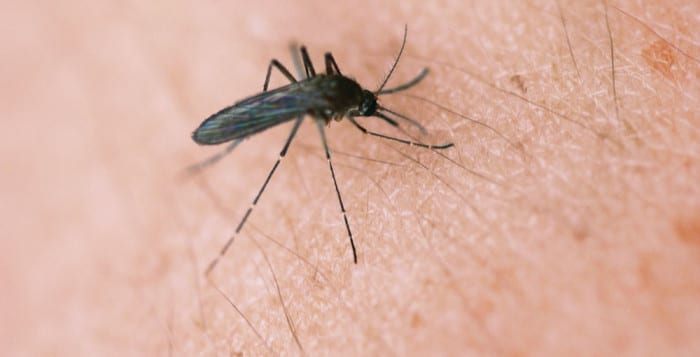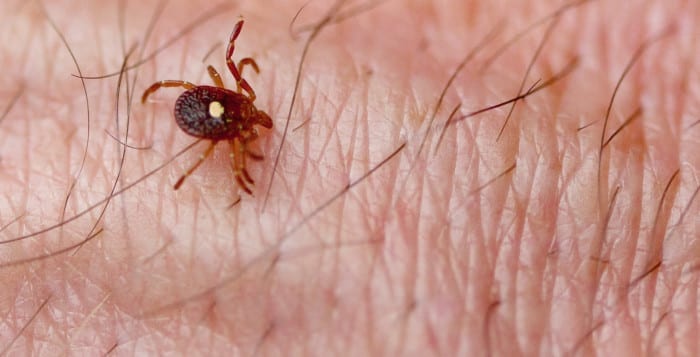By Jennifer Sloat
He has been called an angel, the personification of goodness and strength, a champion of the underrepresented and an inspiration. Frank Rivera is all of that and more.
Rivera is the founder and president of Sarcoidosis of Long Island, an awareness and advocacy group for sarcoidosis, a rare and often debilitating disease from which the Coram resident is suffering. In 2004 at the age of 36, he received an incorrect diagnosis of lung cancer for which he underwent treatment. The X-ray showed lumps in his lungs. It was after a hospital visit in 2011 for abdominal pain that he was correctly diagnosed with sarcoidosis.

Things got even tougher for Rivera as complications from the disease arose. It attacked his neurological system, eyes and gallbladder. In April 2012, he went back to the hospital with more stomach cramps and learned his colon had ruptured. He contracted sepsis and nearly died.
Through it all Rivera continues to fight, not only for his own health, but for the health of others affected by the disease. His organization raises awareness for sarcoidosis patients at local, state and federal levels, and helps them find doctors and treatment.
Suffolk County Legislator Sarah Anker (D-Mount Sinai) said Rivera came to her office a few years ago and told her his story and idea to start a not-for-profit organization.
Anker said his tireless work with elected officials and medical research experts have provided him the guidance and resources to help residents dealing with sarcoidosis.
“He has accomplished so much,” Anker said. “It was his goal, and it remains his goal.”
County Legislator William “Doc” Spencer (D-Centerport), a practicing ear, nose and throat physician, said when he heard Rivera was creating awareness, he reached out to lend support. Spencer, who lost his mother to the disease, said he was fascinated by the work Rivera does.
“It hit close to home,” the legislator said. “Many have not even heard of the disease.”
Spencer said that what Rivera has done also generated a lot of funding to aid sarcoidosis patients in seeking medical attention and emotional support.
“I hope to continue to support him,” he said. “I hope to see him do more great things for those who don’t have champions.”
Some of the organization’s efforts include a health fair and a 5K run/walk at Heritage Park in Mount Sinai.
“He gets folks together to share ideas and stories, and to support one another,” Anker said. “It is amazing what Frank has done considering he is dealing with his own challenges, both physical and mental.”
The Town of Brookhaven celebrates National Sarcoidosis Awareness Month in April, and it’s a direct result of Rivera’s work and dedication.
“The town board has learned an overwhelming amount about the misconceptions surrounding sarcoidosis and the hurdles patients face who are suffering from rare diseases,” said town Councilwoman Valerie Cartright (D-Port Jefferson Station). “This is due in large part to Frank’s efforts. Listening to Frank speak about his personal experiences is a testament to his strength of character.”
In an interview with RARE Daily, a Global Genes patient advocacy organization, Rivera said his focus is helping others with hardships before worrying about himself.
“There are 200,000 sarcoidosis patients,” he said. “I always consider myself a representative for those 200,000 patients. I always think about what they need.”
Anker said despite his own struggles he’s always being positive to inspire others to have the will to get through the tough times.
“He always has a smile on his face and goodness in his heart,” Anker said. “His mind is going 1,000 miles an hour to accomplish what he has set out to do. He has been able to accomplish so many of his goals.”









